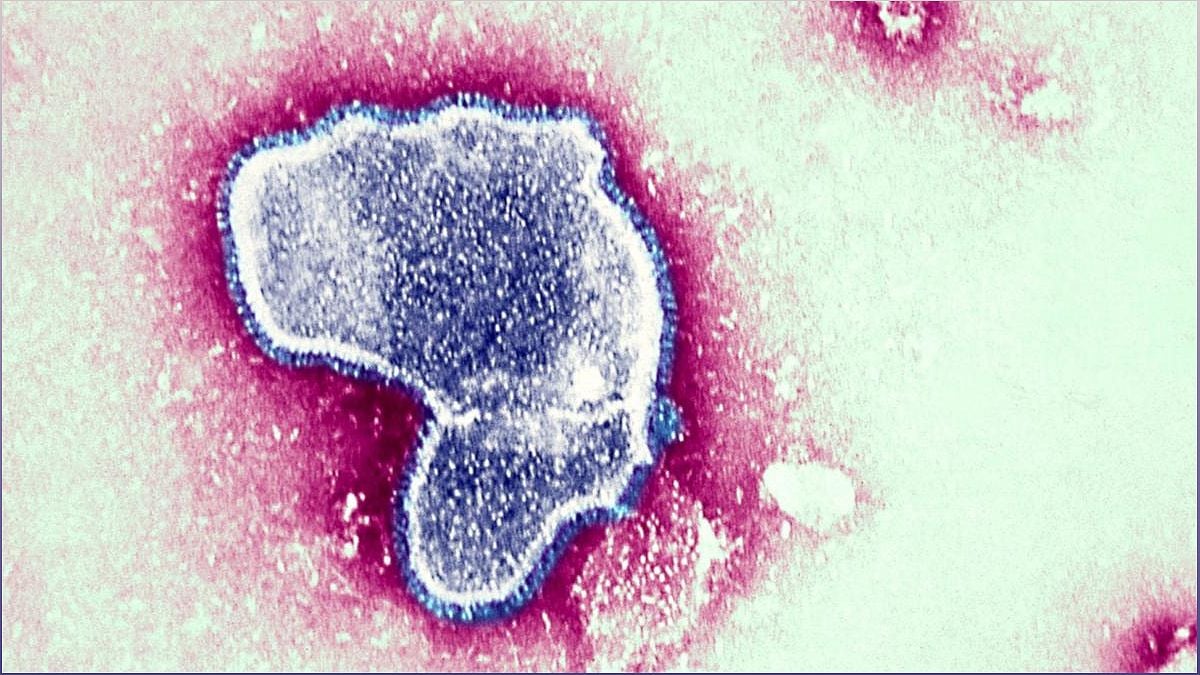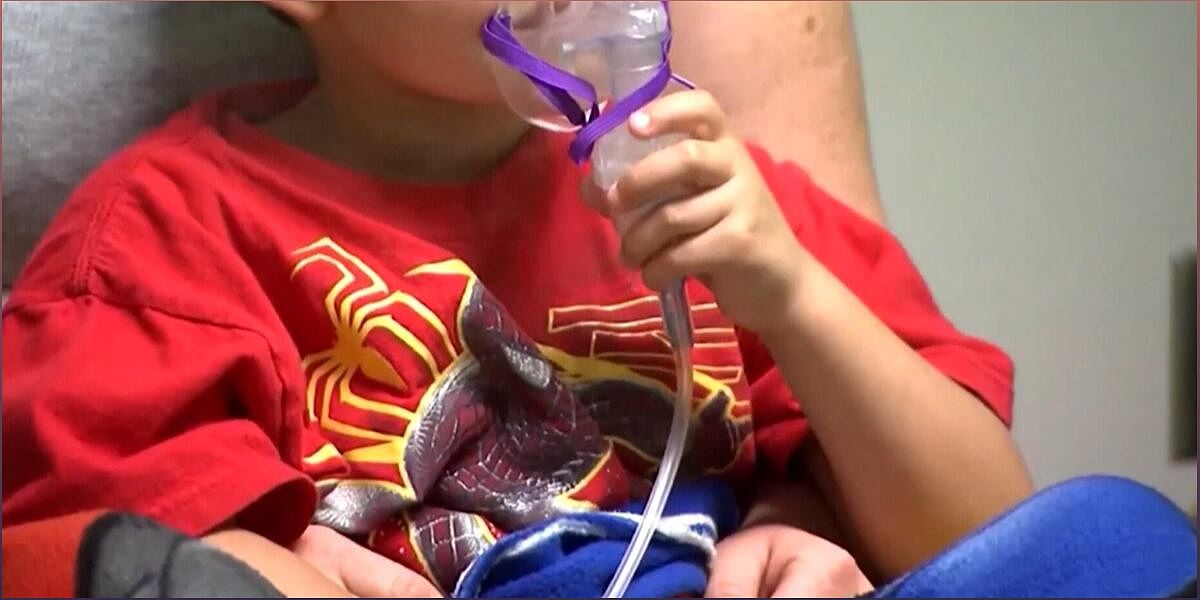Protect Yourself and Others from RSV: What You Need to Know
Are you concerned about respiratory syncytial virus (RSV) and its impact on your health? In this article, we will explore what RSV is, how it spreads, and most importantly, how you can protect yourself and others from contracting it. We’ll discuss the symptoms, transmission methods, and prevention strategies to help you stay informed and take the necessary precautions. Let’s dive in!
Understanding Respiratory Syncytial Virus (RSV)
Learn about the basics of respiratory syncytial virus (RSV) and its impact on health.
Respiratory syncytial virus (RSV) is a common respiratory virus that affects people of all ages, but it can be particularly dangerous for infants, young children, and older adults. It spreads easily through respiratory droplets and can cause symptoms such as coughing, sneezing, runny nose, fever, and wheezing.

RSV is most prevalent during the colder months, and it is important to understand its transmission methods and how to protect yourself and others from contracting it.
How RSV Spreads and Its Symptoms
Discover how respiratory syncytial virus (RSV) spreads and the common symptoms associated with it.
RSV can spread easily through respiratory droplets when an infected person coughs or sneezes. It can also be contracted by touching surfaces contaminated with the virus and then touching the face without washing hands.

The symptoms of RSV usually appear within four to six days of exposure and may include coughing, sneezing, runny nose, fever, wheezing, and a decrease in appetite. In infants and young children, additional symptoms such as irritability, decreased activity, and breathing difficulties may occur.
Differentiating RSV Symptoms from Influenza
Learn how to distinguish between the symptoms of respiratory syncytial virus (RSV) and influenza.
It can be challenging to differentiate between RSV and influenza due to their similar symptoms. However, there are some minor differences to be aware of. RSV symptoms tend to appear gradually, while influenza symptoms come on more suddenly. Nausea, vomiting, and diarrhea are rare with RSV but can occur with influenza, especially in children.

If you or your child are experiencing symptoms, it is essential to seek medical attention for an accurate diagnosis and appropriate care.
Treatment and Prevention of RSV
Discover the available treatments and prevention strategies for respiratory syncytial virus (RSV).
Currently, there are no specific medications to treat RSV. Most cases resolve on their own within a week with rest and fluids. Antibiotics are ineffective against RSV, so treatment focuses on managing symptoms and providing supportive care.
To prevent RSV, it is crucial to practice good hygiene, such as washing hands frequently, avoiding close contact with sick individuals, and disinfecting commonly touched surfaces. Vaccines and antibody shots are available for certain populations, including older adults and infants.
Exciting Advances in RSV Prevention
Explore the latest developments in preventing respiratory syncytial virus (RSV) infections.
Exciting advancements have been made in RSV prevention. Vaccines are now available for adults over 60 years old, and monoclonal antibody shots offer protection for infants under 8 months old. Additionally, a maternal RSV vaccine provides antibodies to newborns during their first six months of life.
These preventive measures are significant in reducing the risk of severe complications from RSV, particularly in vulnerable populations. Consult with your healthcare provider to determine the best prevention strategies for you and your loved ones.
